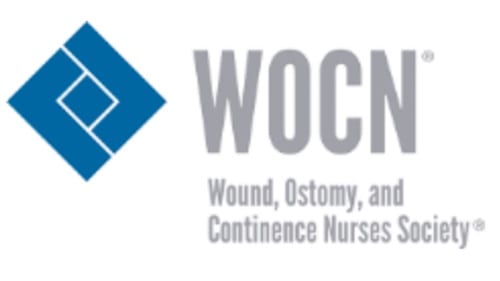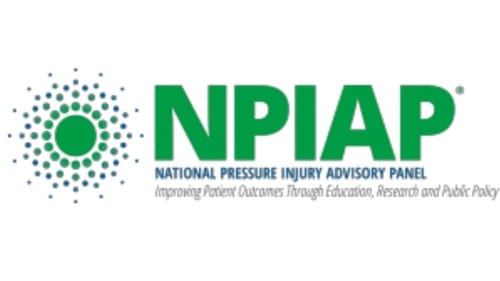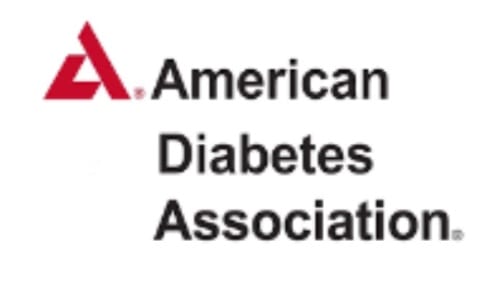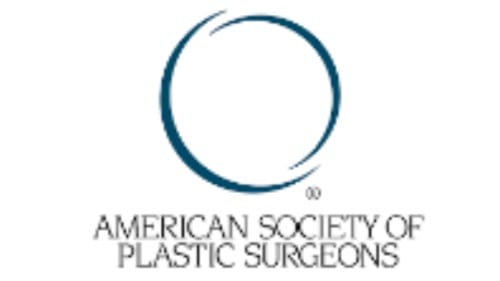Skin Related Diseases are a Common Human Health Problem
One in four Americans or 85 million people Americans are impacted by skin disease
The Problem
Skin is our largest organ. Its protects us from microbes, helps regulates body temperature, and enable touch sensation. When the skin becomes inflammed or injuried the first sign of a problem is skin redness. As the skin condition heals or worsens over time, the degree of skin redness changes back to the normal skin tone or produces hyperpigmentation. Skin redness, the early sign of skin inflammation, is visually and manually identified and monitored. This is manual and unreliable. This makes it difficult to accurately assess risk, identify the condition, and monitor healing progression. On darker skin tones this problem is more pronounced as the skin redness can not be visually or manually identified.
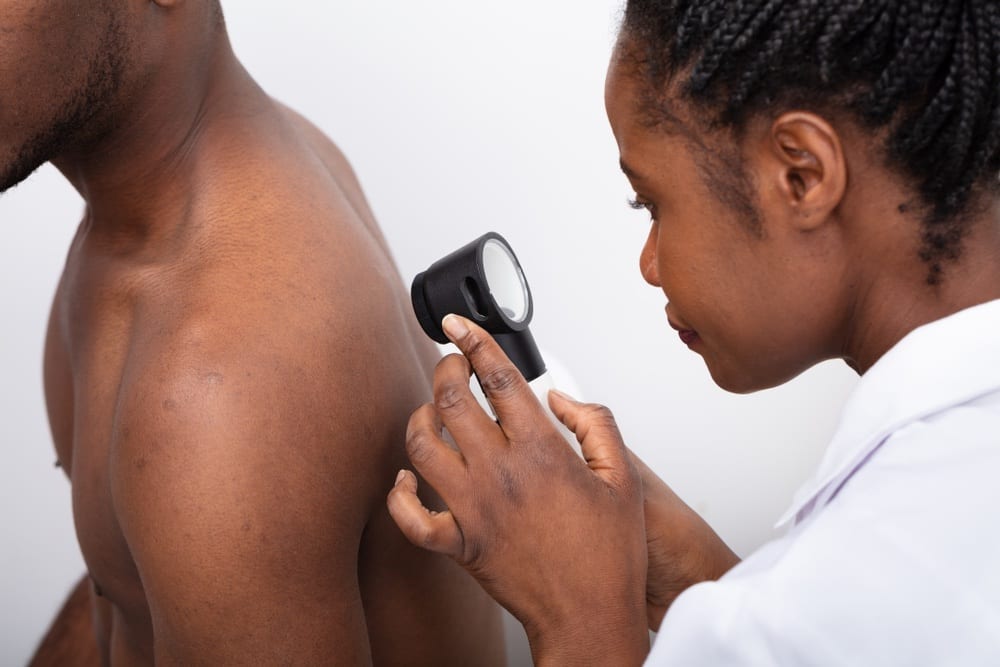
The Conditions
Wound Care
Pressure injuries (bedsores), vascular leg ulcers
Dermatology
Psoriasis, eczema, scleroderma,
Plastic Surgery
Skin flap monitoring, surgical wound infection monitoring
Podiatry
Diabetic foot ulcers

